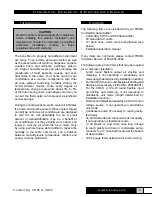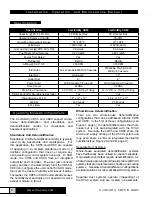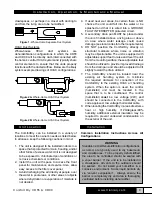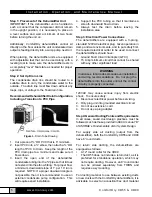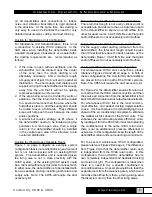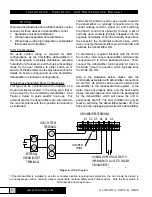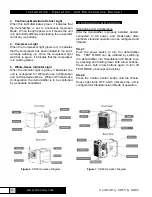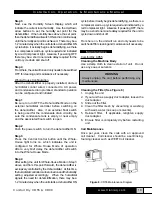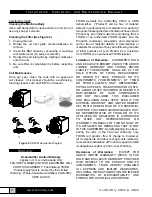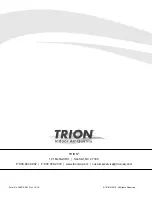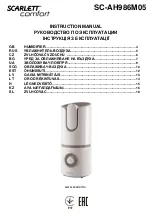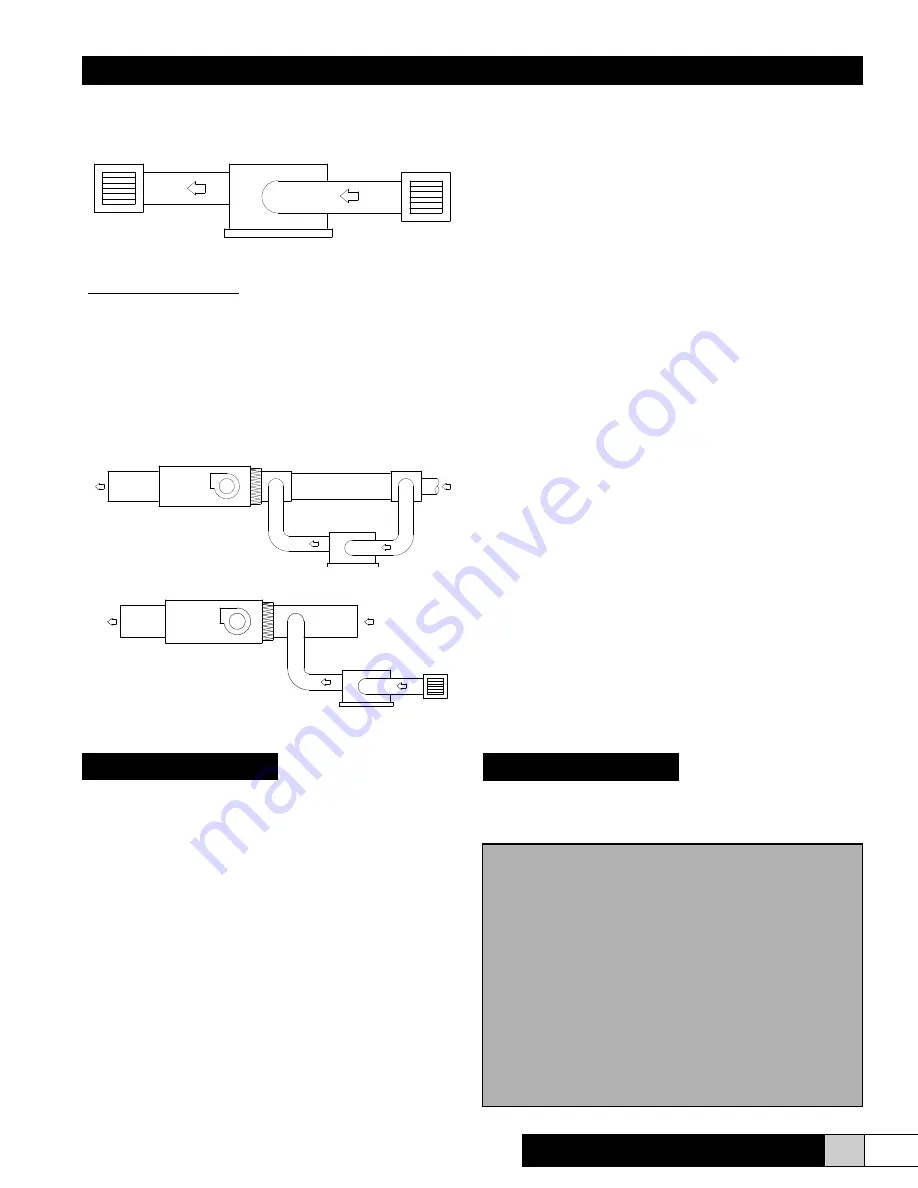
ComfortDry CD55 & CD90
I n s t a l l a t i o n , O p e r a t i o n , & M a i n t e n a n c e M a n u a l
www.trioniaq.com
crawlspaces, or perhaps in a closet with ducting to
and from the living area to be humidified.
HVAC Duct Systems
Whole-house HVAC duct systems are
dehumidification configurations in which the CD55
and CD90 will be directly duct-interconnected with
the home’s central HVAC system and typically share
control elements to ensure that the units properly
functions with the ducted airflow. Below are the likely
system example drawings of HVAC configurations.
The ComfortDry can be installed in a variety of
locations to meet the owner’s needs as listed below.
In all cases, keep the following cautions in mind:
1. The unit is designed to be installed indoors in a
space that is protected from rain, flooding, and/or
other forms of excess water. Unit is not designed
to be exposed to chlorinated pool conditions or
corrosive chemicals or conditions.
2. Install the unit with space to access the front
panel for maintenance and service. Also, allow
easy access to the filter cover panel.
3. Avoid discharging the air directly at people, over
the water in pool areas, or other areas or objects
where dehydration or evaporation of moisture is
not desired.
4
Unit Location
Figure 1.
Whole-Home Separate Duct System
Figure 2B.
Whole-Home HVAC Duct System
Figure 2A.
Whole-Home HVAC Duct System
4. If used near wet areas, be certain there is NO
chance the unit could fall into the water or be
splashed and that it is wired into a GROUND
FAULT INTERRUPTER protected circuit.
5. A secondary drain pan MUST be placed under
the unit if installed above a living area or above
an area where water leakage could cause
damage (see local codes for other requirements)
6. DO NOT position the ComfortDry directly on
structural members where noise or vibration
may be objectionable. The unit is equipped with
adjustable support feet to raise and level the unit
from the mounting surface; these adjustable feet
should be utilized to provide improved drainage
from the drain pan and should be adjusted to tilt
slightly toward the drain utilized.
7. The ComfortDry should be located near the
existing air handling system to minimize
the required ductwork for connection of the
ComfortDry to the existing HVAC air handling
system. When the option is used, the control
(humidistat) unit must be located in the
space that is to be conditioned. The control
(humidistat)
must
be low voltage (24V) and
should be connected to the ComfortDry with
code approved, low voltage thermostat cable.
8.
When locating the ComfortDry in areas of extreme
heat or high humidity, >120-degrees/90%
humidity, additional external insulation may be
required to prevent undesired condensation on
the exterior of the unit.
Common Installation Instructions Across All
Configurations
Installation
WARNING
Standalone Unit Dehumidification configurations,
as noted, are typically used to dry basements
and crawlspaces. To be properly dehumidified,
the area to be controlled should be sealed with
a vapor barrier. If the unit is to be installed in
a crawlspace, all vents to the outdoors should
be sealed. Do not install your humidifier in a
corrosive environment. Some liquid barriers dry
via “solvent evaporation”. Always ensure the
barrier is completely dry and area is thoroughly
ventilated before installing dehumidifier.



